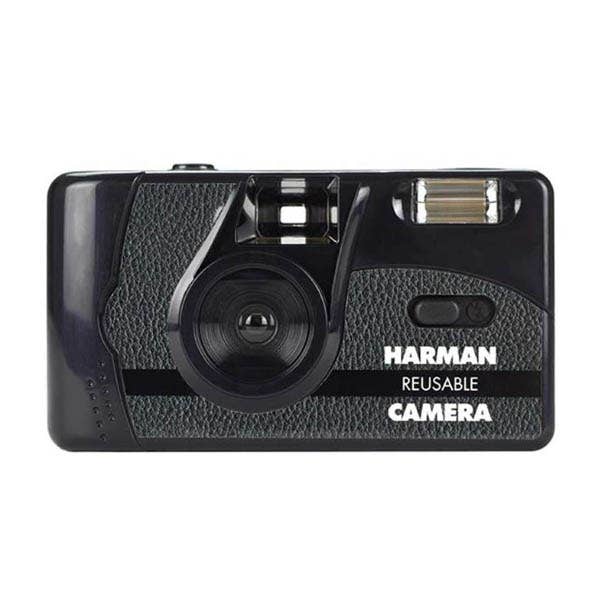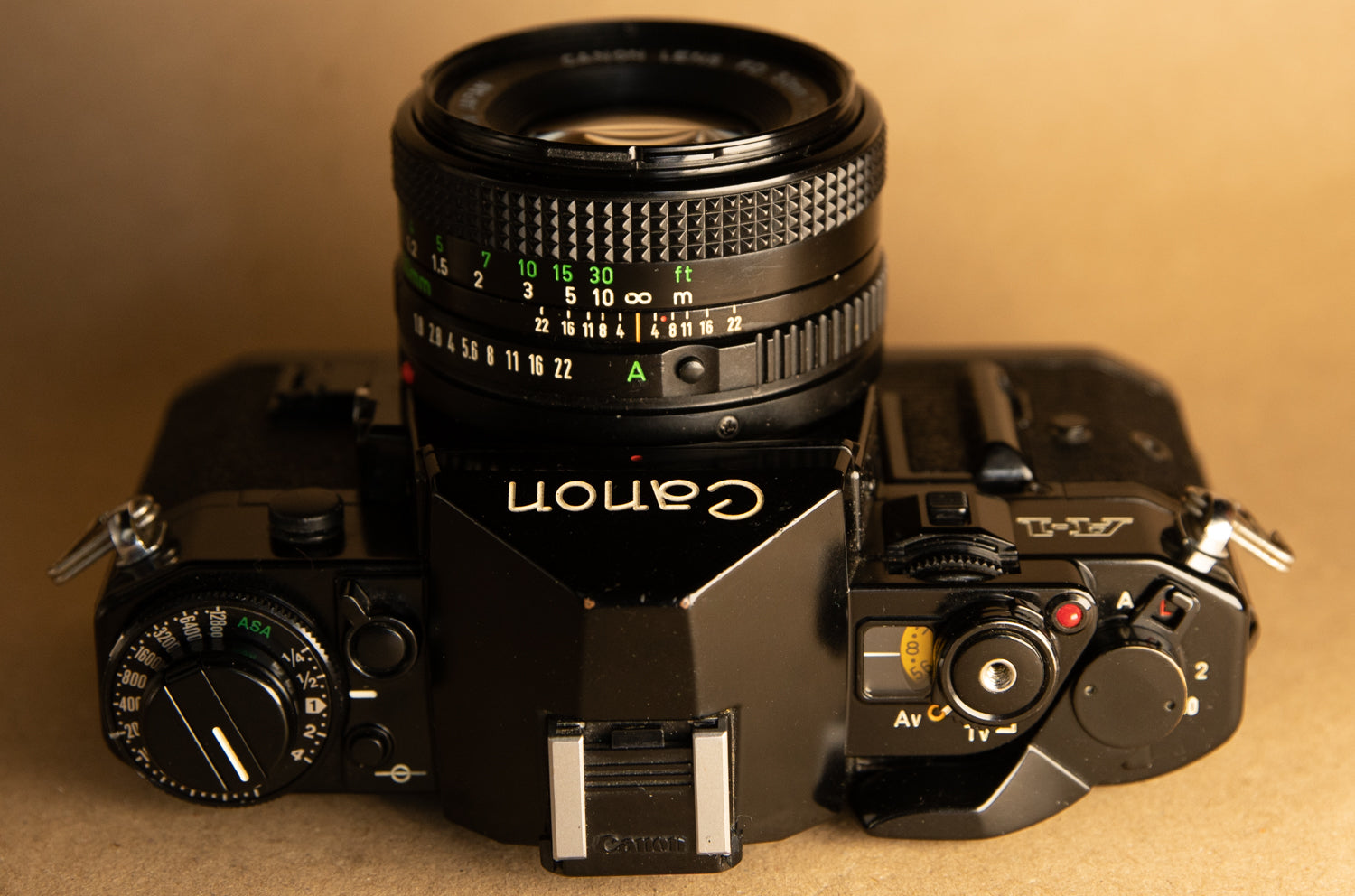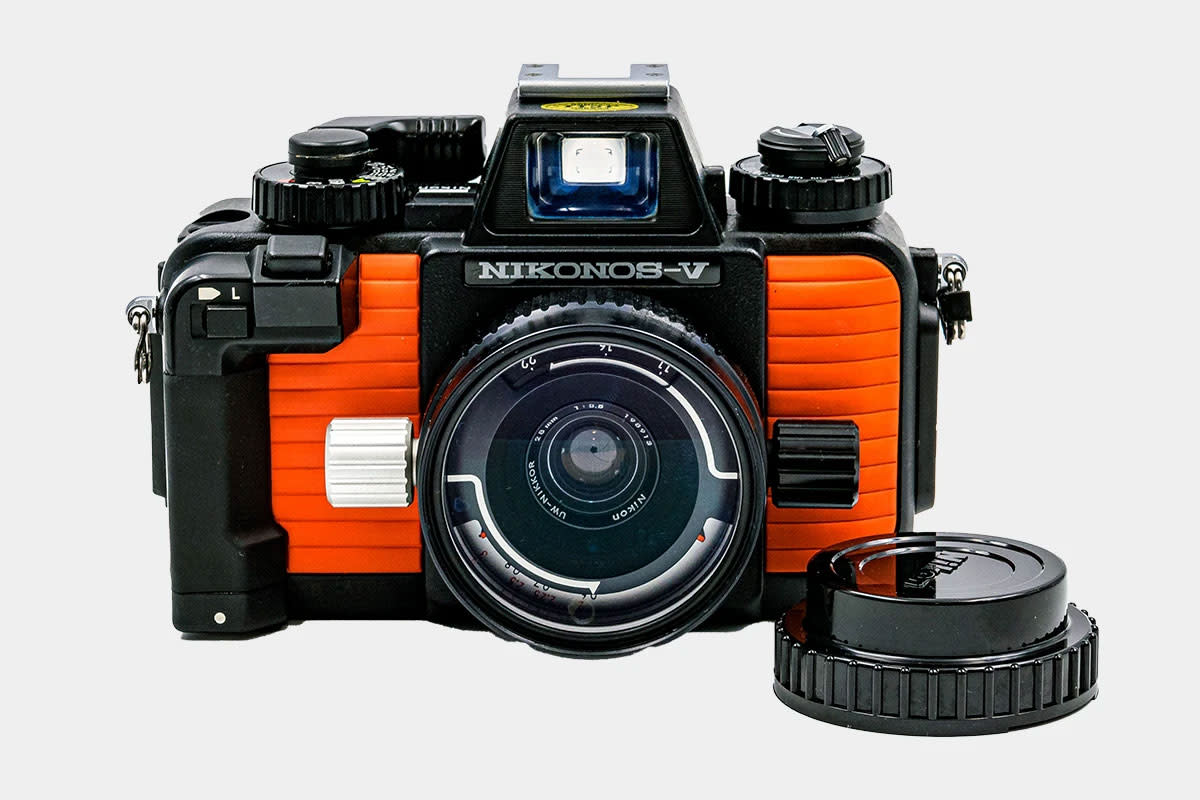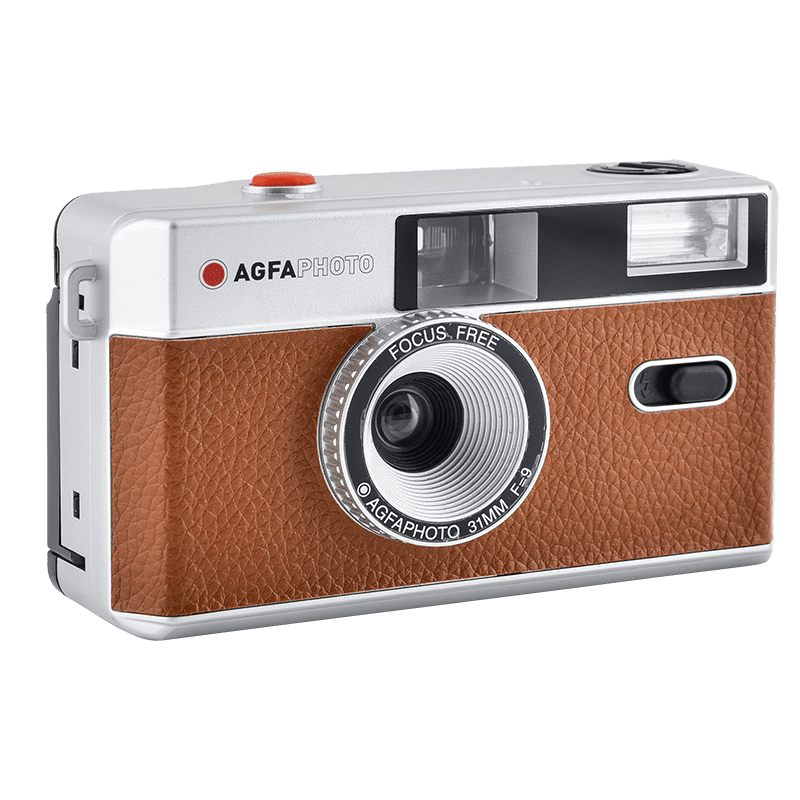In the digital age, the allure of film photography has not only persisted but also gained a fervent resurgence among photography enthusiasts. The tangible art of developing film and the anticipation of seeing manual shots come to life offer a distinctive charm that digital photography cannot replicate. For budding photographers looking to delve into the world of film, choosing the right 35mm camera is a crucial step. This guide highlights top 35mm film cameras, emphasizing their features, ease of use, and what makes them stand out for newcomers eager to capture the world through the film.
Beginner-Friendly Features to Look For
Automatic Mode and Manual Controls
Starting with a camera that provides both automatic and manual settings is beneficial. This flexibility allows for learning at your own pace. Cameras like the Canon AE-1 Program offer an excellent start, granting the user the ability to experiment with manual settings while having the safety net of an automatic mode. Such features make it a fantastic choice for beginners eager to understand the nuances of aperture, shutter speed, and ISO without feeling overwhelmed.
Built-in Light Meter
A built-in light meter is another vital feature for novices. It guides you through correct exposure settings, eventually helping you develop an innate sense for lighting conditions. Models like the Pentax K1000 are renowned for their reliable light meters alongside their rugged simplicity, making them an educational tool for those new to film photography.

Top Picks for Budding Photographers
Canon AE-1 Program
The Canon AE-1 Program stands out for its perfect blend of user-friendliness and advanced features. Not only does it offer automatic exposure mode, but it also allows photographers to play with manual settings as they grow more confident. Its durability and the wide availability of affordable lenses make it an ideal starter camera for exploring different photography styles.
Nikon FM10
The Nikon FM10 is a workhorse that balances manual functionality and straightforward operation. It’s fully manual, encouraging newcomers to learn the fundamentals of film photography from the ground up. Lightweight and compact, the FM10 is also noted for its robust build and compatibility with a range of Nikon lenses, ensuring versatility in composing shots.
Olympus OM-1
A masterpiece of mechanical camera design, the Olympus OM-1 is praised for its compactness and mechanical reliability. This fully manual camera pushes you to learn the ins and outs of film photography but rewards you with exceptional image quality. It’s equipped with a precise light meter and has an array of accessible lenses, making it a solid choice for those looking to seriously dive into the craft.

Budget Considerations
Finding Value in Vintage Models
Venturing into film photography does not have to break the bank. Many vintage models from reputable brands offer exceptional quality at a fraction of the price of modern analog cameras. For instance, the Minolta X-700 can often be found in good condition within moderate price ranges. It boasts comprehensive features like programmed auto-exposure in addition to manual modes, ideal for learning the ropes without a hefty investment.
Considerations Before Purchase
While vintage cameras can be budget-friendly, assessing their condition is crucial. Look for signs of well-maintained machinery, clean lenses, and operational light meters. Buying from reputable shops or platforms with a return policy can mitigate the risks of acquiring a camera that might need costly repairs.

Embracing the Learning Curve
Engaging with the Film Photography Community
One of the most enriching ways to quicken the learning process is by becoming part of the film photography community. Online forums, local workshops, and social media groups are bustling with seasoned photographers eager to share their knowledge. Engaging with these communities can provide valuable insights, from troubleshooting your camera to discovering film stocks and developing techniques.
Practice and Experimentation
Ultimately, the key to mastering film photography lies in practice and experimentation. Each roll of film offers 24 to 36 opportunities to explore different settings, lighting conditions, and subjects. Accepting that not every shot will be perfect encourages a mindset of growth and curiosity. Over time, this process of trial and error naturally polishes your skills, guiding you towards developing your unique photographic style.

Advantages of Learning on Film Cameras
Developing an Eye for Composition
Shooting with a 35mm film camera forces photographers to slow down and consider each frame carefully. Unlike digital cameras, where you can take hundreds of shots and delete them with no cost, each press of the shutter on a film camera counts. This constraint can be beneficial for beginners as it encourages a more thoughtful approach to composition and scene selection, which are critical skills in photography.
Understanding the Importance of Exposure
With digital cameras offering instant feedback through histograms and LCD screens, it’s easy to rely on trial and error rather than truly understanding exposure. Film photography doesn’t afford such luxuries. Learning how to properly expose film by reading light conditions and adjusting camera settings accordingly can significantly improve your grasp of exposure, a fundamental concept that is transferable to digital photography as well.

The Satisfaction of Tangible Results
There is something intrinsically satisfying about holding a physical photograph. The anticipation of waiting for film to develop can be thrilling, and the result is often a more mindful and personal connection to your work. The tangibility of film photographs and the hands-on process involved in their creation foster a sense of accomplishment that many find lacking in the digital workflow.
Choosing Film and Developing Your Style
Selecting the Right Film Stock
The film stock you choose can dramatically influence the look of your photographs. Black and white film stocks, such as Kodak Tri-X or Ilford HP5 Plus, are notable for their classic aesthetic and wide dynamic range, making them forgiving for beginners. Color films, like the popular Kodak Portra series, offer different levels of saturation and temperature, allowing you to play with various moods and styles.
Experimenting with Different Looks
Film photography allows beginners to experiment with different aesthetics right from the shot’s inception. With varying film stocks providing distinct levels of contrast, grain, and color qualities, the choice of film becomes a part of your creative expression. Experimenting with these different palettes can guide beginners to a better understanding of their visual preferences and help them in developing a signature style.
In conclusion, the journey into film photography is an enriching pursuit that combines art, science, and patience. Selecting the right 35mm camera as a beginner sets the foundation for this adventure. Each camera offers a unique pathway to discovering film photography. The Olympus OM-1 is known for its mechanical simplicity. The Canon AE-1 Program serves as a versatile learning platform. The Nikon FM10 embodies rugged manual essence. With the right equipment, learning and exploration in film photography become possible. A willingness to learn is essential. Joining a community of fellow enthusiasts can be very helpful. Budding photographers can unlock the satisfaction of capturing moments on film.
